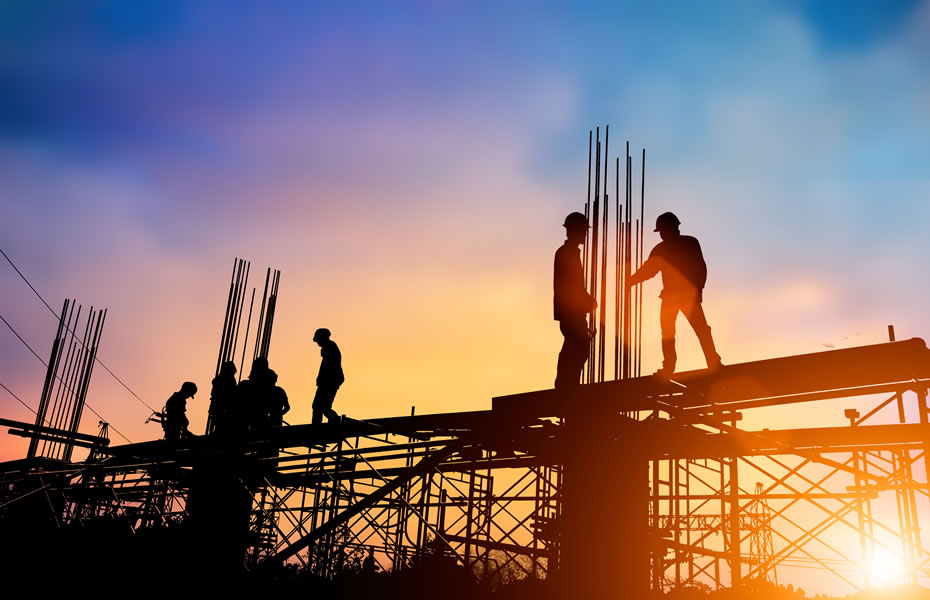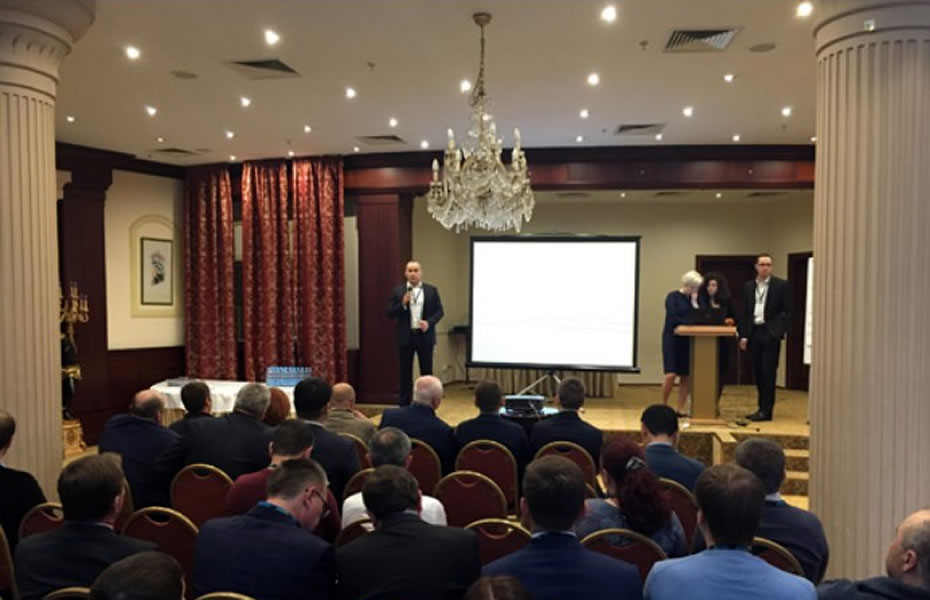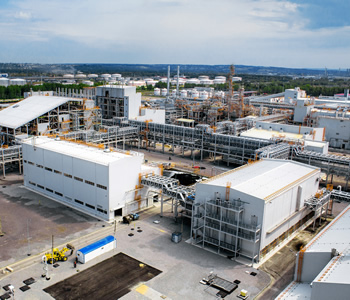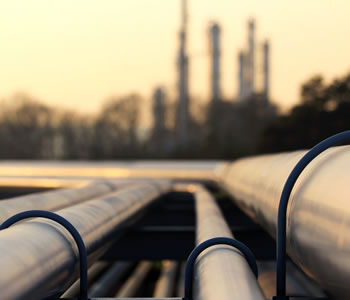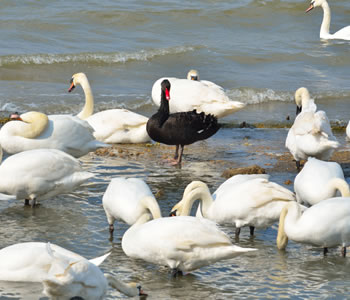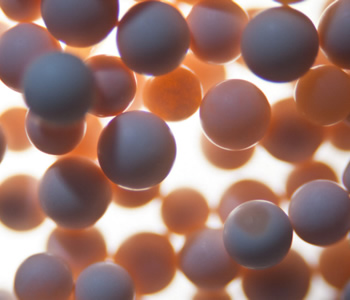In early December 2016, Moscow hosted the 6th International Round Table “SIBUR and EPS Producers”. The two-day event was attended by representatives of 40 companies from Russia, Kazakhstan and Belarus to discuss the most important trends in the thermal insulation market and EPS product application. A drop in demand caused by the economic downturn is one of the key problems faced by Russian producers of EPS and other thermal insulation materials. A key consumer of thermal insulation, the construction industry is traditionally highly sensitive to crisis phenomena and shrinking investment activity. Based on the Rosstat data, in 2015 the volume of completed construction in Russia dropped by 7% in comparable prices, falling further even from the low base of 2014, when it shrank by 2.3%. This year saw the negative trend persist, with completed construction declining by 5% year-on-year in 10M 2016.
The thermal insulation market also shrank. According to Yuri Savkin, Director of the EPS Producers and Suppliers Association, EPS consumption peaked in 2014 at 9 million cu. m, dropped to 8.2 million cu. m in 2015 and is estimated to total 7.4 million cu. m this year. This pullback, however, is less dramatic when compared to the pre-crisis year of 2013, when consumption was just marginally higher and stood at 7.8 million cu. m. Besides, as the round table participants noted, the structure of the thermal insulation market had not seen any major crisis-driven changes, with EPS still accounting for 21%.
Despite a certain level of pessimism caused by a drop in domestic demand, the EPS market overall has good growth prospects. Last year, EPS consumption in Europe increased by 3% and the upward trend is likely to continue in the longer run.
In 2017, the thermal insulation market is expected to see a relatively positive change driven primarily by active construction of facilities for the FIFA World Cup 2018, macroeconomic improvements, and improved mortgage lending. “EPS consumption is expected to continue declining, but at a significantly lower rate. Most experts now forecast a 2% decline, saying that we may be close to hitting the bottom,” said Head of SIBUR’s EPS Department Alexey Gich. The attendees also discussed the need to revise the existing EPS regulations. This summer was the first anniversary since the introduction of the new government standard GOST 15588-2014 EPS Thermal Insulation Boards. The preceding standard was drafted back in the 1980s and was by far outdated. The EPS production method and technology have changed, resulting in a much lower polymer content (to 2%) and better thermal insulation and environmental properties.
The new GOST 15588-2014 defines the target properties and their tolerance range for each EPS grade, which in theory clears the market of any products with low strength or insufficient thermal insulation properties However, the GOST compliance has not become a general practice for everyone, as some producers want to “to have more headroom for manoeuvre”, building engineer Gennady Emelyanov said when speaking at the forum. In other words, they want to sell products of subdued density and, hence, poor quality at the same price as disciplined suppliers or by practising significant price dumping. “For example, if someone wants to buy a façade ESP grade, they call a number of producers and get a quote for the same PSBS-25 EPS grade in a RUB 2,000–3,000 range. Naturally, they choose what is cheaper, but in fact the supplier who quoted a price of RUB 3,000 was selling a product with proper density of 16 kg per cu. m, while the cheaper option turned out to have density of only 13 kg per cu. m, which is totally unfit for the façade works,” the expert said. He believes that it is only mandatory density labelling that can protect responsible producers.
Despite a certain level of pessimism caused by a drop in domestic demand, the EPS market overall has good growth prospects. Last year, EPS consumption in Europe increased by 3% and the upward trend is likely to continue in the longer run. This is partly driven by more stringent legislative requirements in terms of power efficiency and partly by strong operating properties of EPS as compared to similar products available in the market. Having benefited from the recent rouble depreciation, Russian producers now enjoy a strengthened competitive standing and are up against the task of saving the gains, especially as the economy is starting to show signs of recovery, which means that the entire 2017 might be an exciting year for the EPS market players.
Download PDF

